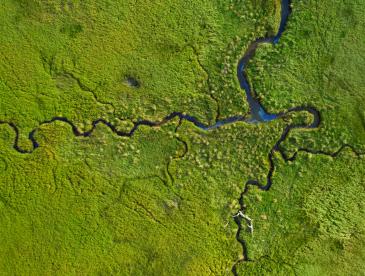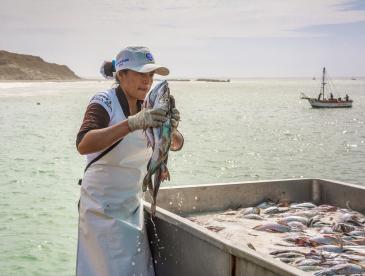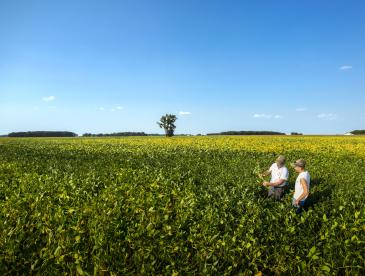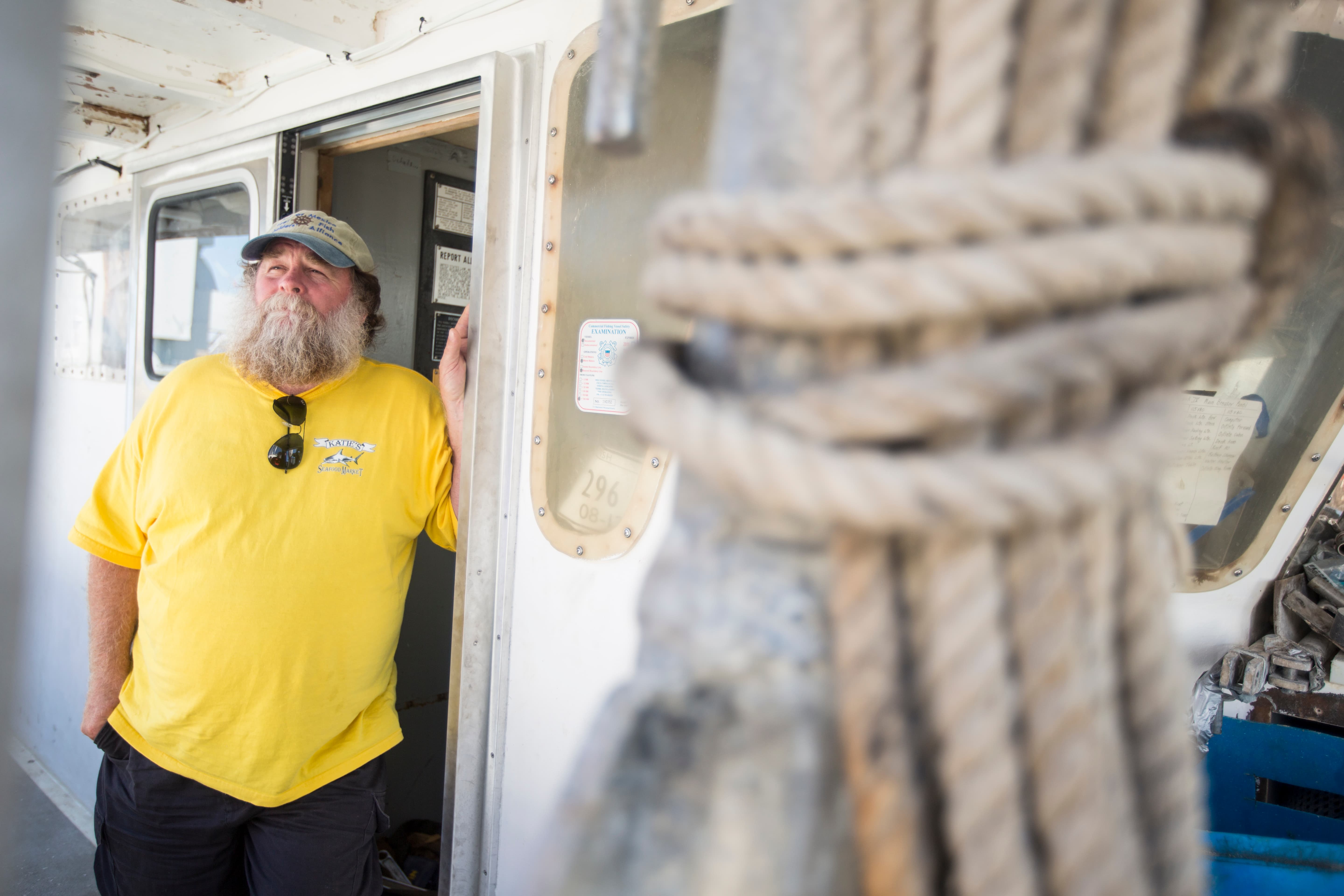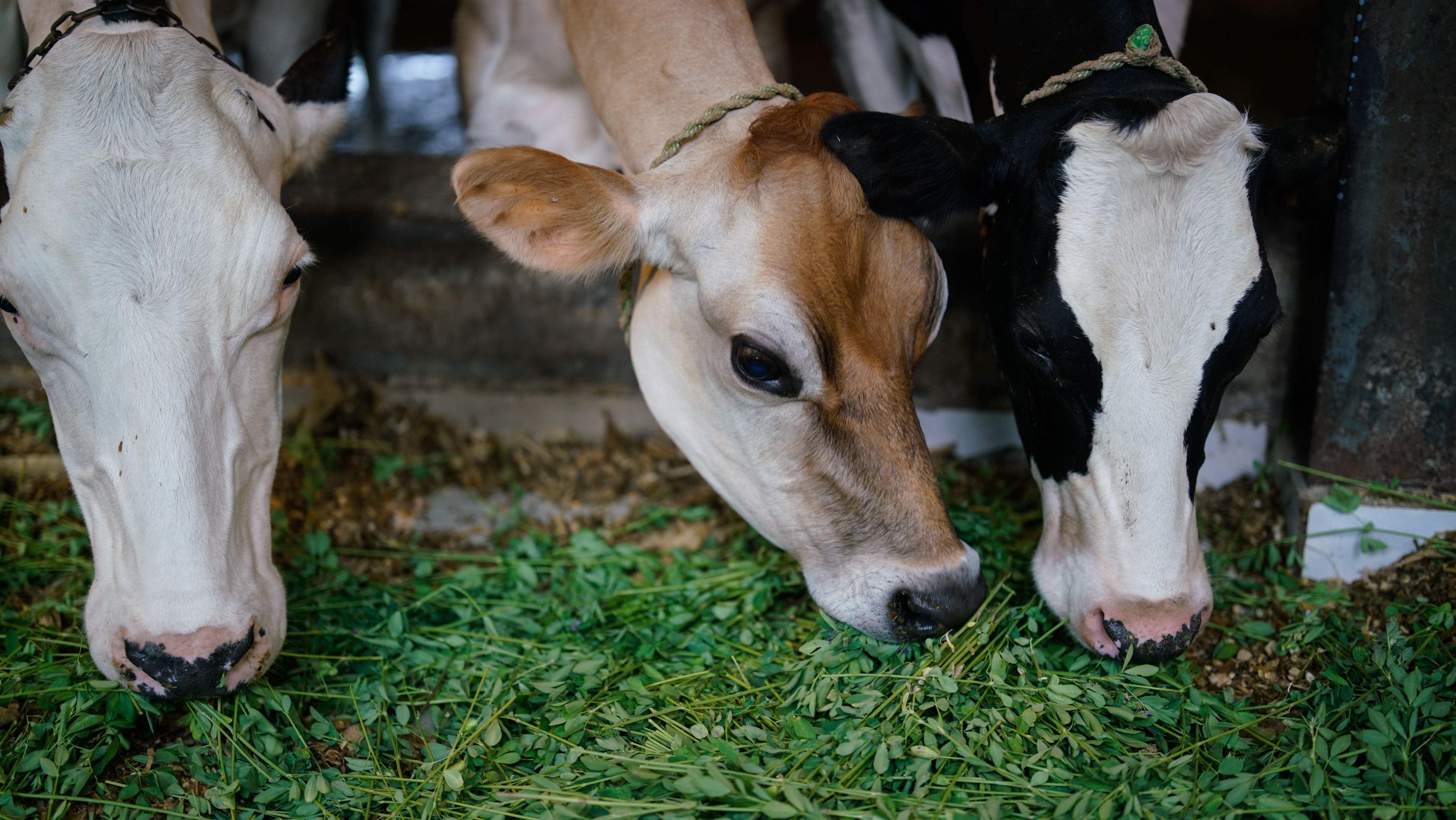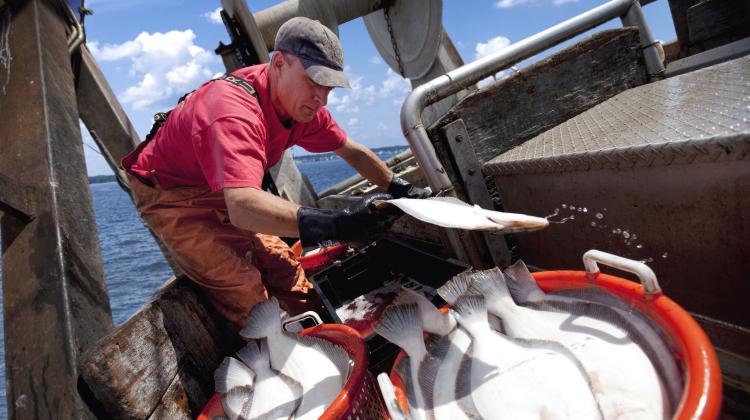
People and nature
Making sure both can thrive together
The problem: Some amount of climate change is already baked into our future from greenhouse gas pollution that caused global warming in our past. Worsening drought, flood and fire conditions — and shifts in farming and fishing productivity — are just some of the impacts that people and ecosystems are experiencing today because of climate change.
What we’re doing about it: EDF and our partners are working with communities and Indigenous peoples around the world to ensure they have the support they need to withstand existing impacts, while building their resilience as the climate changes. We’re also bolstering nature itself as a much bigger part of the climate solution.
Our work strengthening communities and ecosystems
-
Harnessing nature as a powerful climate stabilizer
-
Ensuring water supplies are clean and sustainable for people and wildlife
-
Protecting food supplies, nature and the climate
-
Making fishing communities stronger and fish more plentiful
-
Making agriculture more climate-friendly and productive
-
Making our coastal communities more resilient











